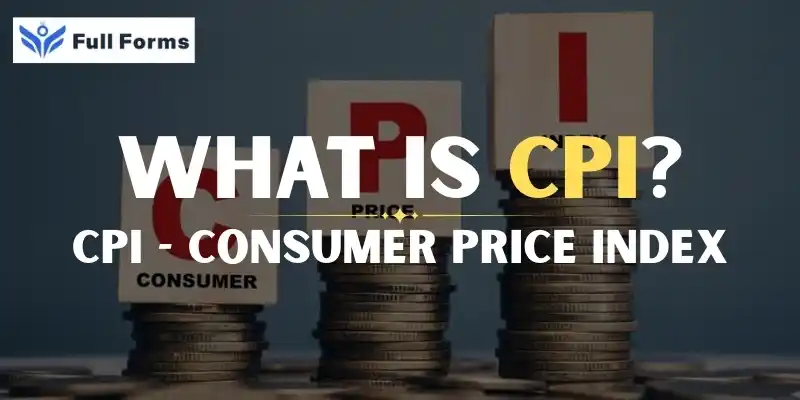Consumer Price Index
(CPI)

Description
How do governments figure out if the cost of living is going up or down?
It’s something they talk about when you hear “inflation” on the news, tied to some nebulous thing called the Consumer Price Index orCPI. But what’s it all about, how’s it done, and why does it matter? Let’s get to the heart of it in plain language.
CPI stands for Consumer Price Index
It is defined as the measure of the average change over time in the prices paid by consumers for goods and services commonly bought for day-to-day living. In other words, it gauges the extent of inflation or deflation and thus more or less helps in ascertaining to what extent life has become expensive for common people.
Your shopping basket has milk, rice, clothes, bus tickets, and haircuts. The government has a way to check up on the total cost of all these items. If they go up, then so does the CPI. If they go down, then the CPI goes down. This tells you if it’s inflation – rising prices – or deflation which is falling prices.
Why is CPI Important?
CPI has several significances:
- Understanding Inflation: Inflation is measured mainly through the CPI, which measures the decrease in purchasing power of money.
- Salaries and Pensions: Many wages and pensions and social benefits are indexed by the alteration in the CPI, to ensure that purchasing power is not whittled away as prices go up.
- Policy Formulation: Governments and central banks use the CPI in making decisions on interest rates and other policies that aim at sustaining a viable economy.
CPI is used to compare:
Cost of Living:CPI tells us how to compare the cost of living in different places or at different times.
Calculation of CPI:
Prices for hundreds of goods and services are collected from shops, markets, and service providers everywhere in the country. These are then grouped under heads like food, clothing, housing, medical care, education, and transport. Each item in this has got weightage, which is the average person's spending importance.
Here’s a simple example: Let’s say your basket has just three items:
- Rice (weight: 40%)
- Soap (weight: 30%)
- Bus fare (weight: 30%)
If the prices of rice, soap, and bus fares are increased, obviously the total cost of your basket would increase and henceforth the CPI. CPIs are always expressed relative to a “base year,” defined to be 100. Thus, if the CPI is 120 today, then prices are 20% higher than those of the base year. If it’s 95, then prices are 5% lower than those of the base year.
Types of CPI
There could be more than one CPI calculated by different countries or regions as:
- CPI for Urban Consumers: Measures price changes in cities and towns.
- Consumer Price Index (CPI) for Rural Laborers: Measured in villages and rural areas.
- CPI for Factory Workers or Farm Laborers: In certain cases, some states have separate CPIs for specific types of people.
Drawbacks of CPI
In spite of its wide applicability, CPI still has faults attached to it. These are:
- Dissimilarity in Spending Pattern: The items in the basket of the CPI are representative averages; actual people are diversified consumers.
- If there is a quality improvement in the product, this will end up reflecting in the price increasing because you are getting more out of it anyway.
- New products and services must be added to the basket to keep it current.
CPI and You
You don’t check the CPI every day but it does have some impact on your life in various ways. For instance: If they are high, the salary can go up so that you are not really losing out because of increased prices. Interest Rates: A fast increase in CPI may prompt central banks to increase interest rates as a way of keeping inflation in check. Cost of Living: When the CPI goes way up, you will find your groceries, rent, and bills all going up in price. World Price Index Most countries compute their own CPI.
In the United States, this is done by the Bureau of Labor Statistics. In India, the Ministry of Statistics releases the CPI data. The goal is quite homogeneous although the items in the basket maybe variable, i.e., to measure price changes in general for consumers on average.
Conclusion
CPI is low-tech but not a simple method; it is a robust gauge that allows people to gauge what is happening with prices of everyday items they purchase and covers everything from salaries, rent to government policies, and interest rates. From the vantage of keeping tabs on CPI, individuals as well as governments could wisely spend, save, and plan ahead for the future. So the next time you hear inflation or rising costs, you’ll know that CPI is the ‘magic’ number behind those headlines.
